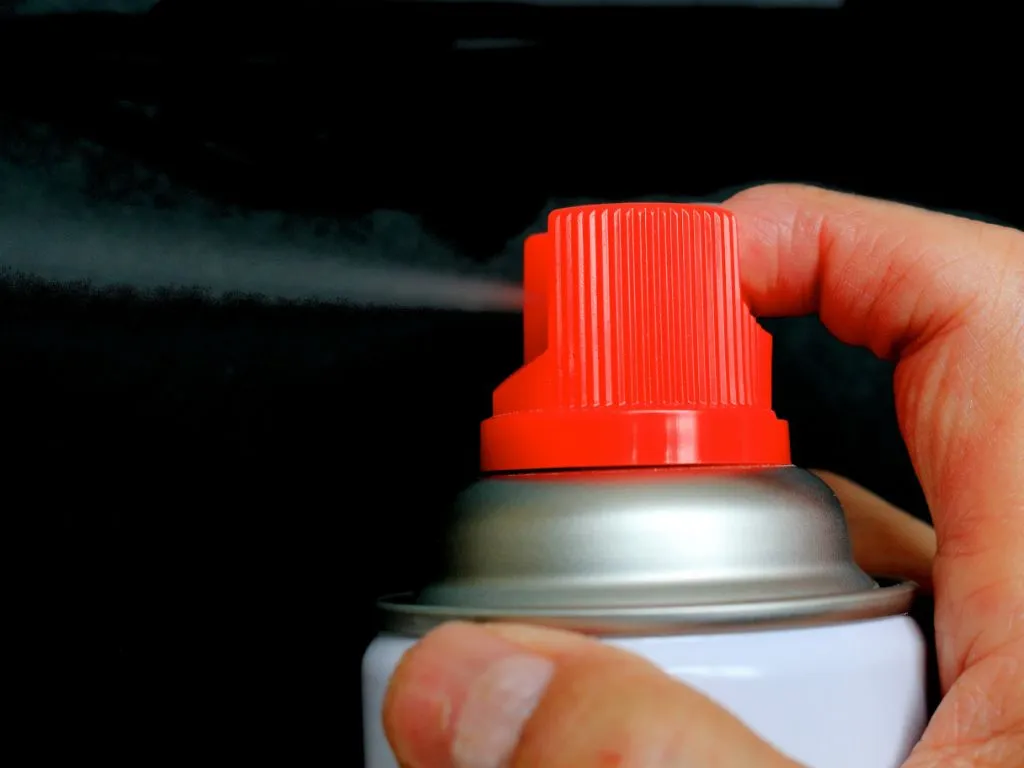

Reference source : World Trade Organization
On 24 July 2024, five East African countries (Burundi, Kenya, Rwanda, Tanzania and Uganda) notified the World Trade Organization (WTO) that the Draft East African Standard entitled "Insecticidal Aerosol - Specification (DEAS 1114:2022)” was adopted by the East African Community Council of Ministers on 14 June 2024. This standard outlines comprehensive requirements, sampling methods, and testing protocols for insecticidal aerosol products intended for use in the East African region.
Harmonisation of Quality Standards
The establishment of this standard is part of the East African Community's (EAC) ongoing efforts to harmonise quality requirements for products and services across Partner States. In doing so, the EAC aims to remove barriers to trade and facilitate the seamless exchange of goods within the Community.
DEAS 1114:2022 was developed by the East African Standards Committee (EASC), which comprises representatives from the national standards bodies of EAC Partner States, as well as stakeholders from the public and private sectors.
Key Specifications
DEAS 1114:2022 provides detailed criteria for the formulation, packaging, labelling and efficacy of insecticidal aerosols. Key aspects of the standard include:
- Active Ingredients: The aerosol must contain pyrethrins or synthetic pyrethroids with low mammalian toxicity, or other effective pest control substances with low residual effect and no unacceptable risks to mammals. Only active ingredients approved by relevant national authorities may be used.
- Performance Metrics: The standard specifies knockdown and mortality rates for flying and crawling insects, with precise benchmarks for efficacy at various intervals after application.
- Non-Staining and Odour Control: The aerosol must be a light-colored, non-staining liquid with no unpleasant odour on application.
- Environmental Safety: The formulation must be free of chlorofluorocarbons (CFCs) to meet with environmental safety standards.
- Packaging: The product must be securely packaged to maintain quality, with valves protected against accidental discharge and constructed of materials compatible with the aerosol formulation.
Labelling Requirements
Manufacturers must clearly label products in English and/or any other official language used in the importing EAC Partner State (French, Kiswahili etc.). Labels must include the product name, target insect species, active ingredients, manufacturer’s details, net contents, country of origin, batch number, and safety instructions.
Sampling and Testing
The standard prescribes specific methods for sampling and testing the biological efficacy of insecticidal aerosols. These include protocols for assessing knockdown and mortality rates on insects such as houseflies and cockroaches, using controlled environments and standardised procedures.
Continuous Improvement
Recognising the need for standards to evolve with technological advances, the EAC is committed to regularly reviewing DEAS 1114:2022 to ensure it remains up to date and relevant.
The complete text of DEAS 1114:2022 can be accessed here.
If you want to access the GHS report, please Register here in GPC Intelligence Portal click here
